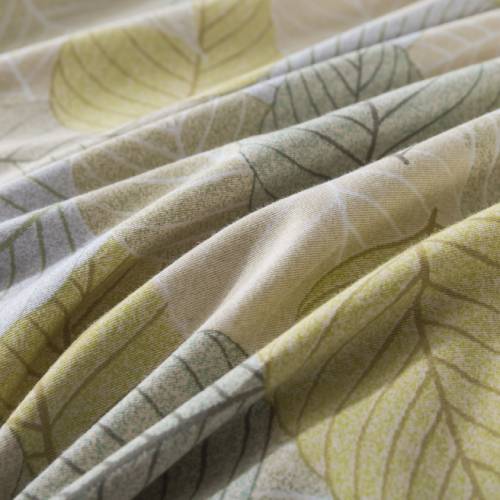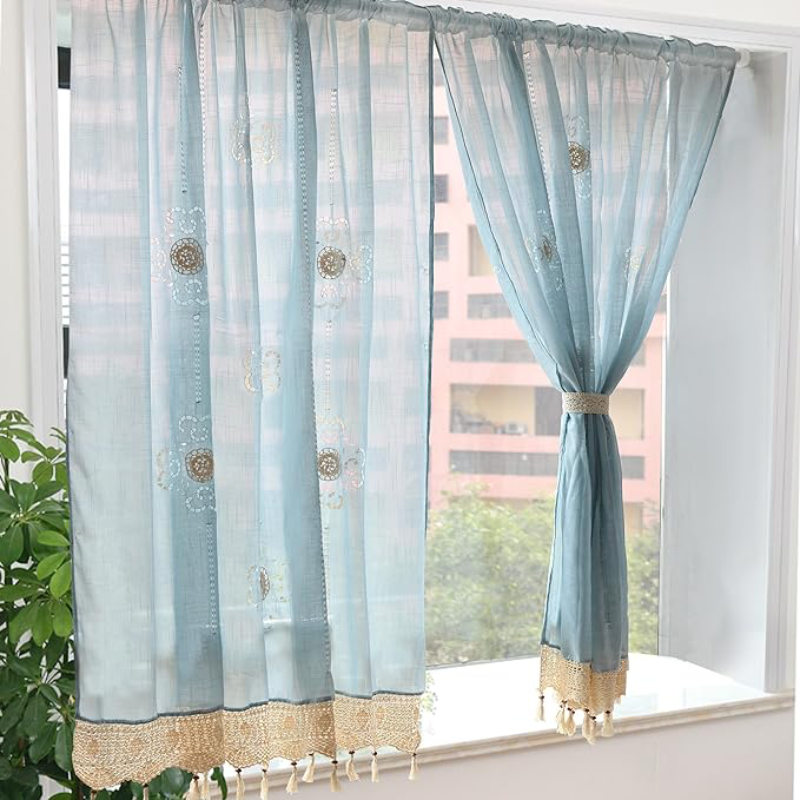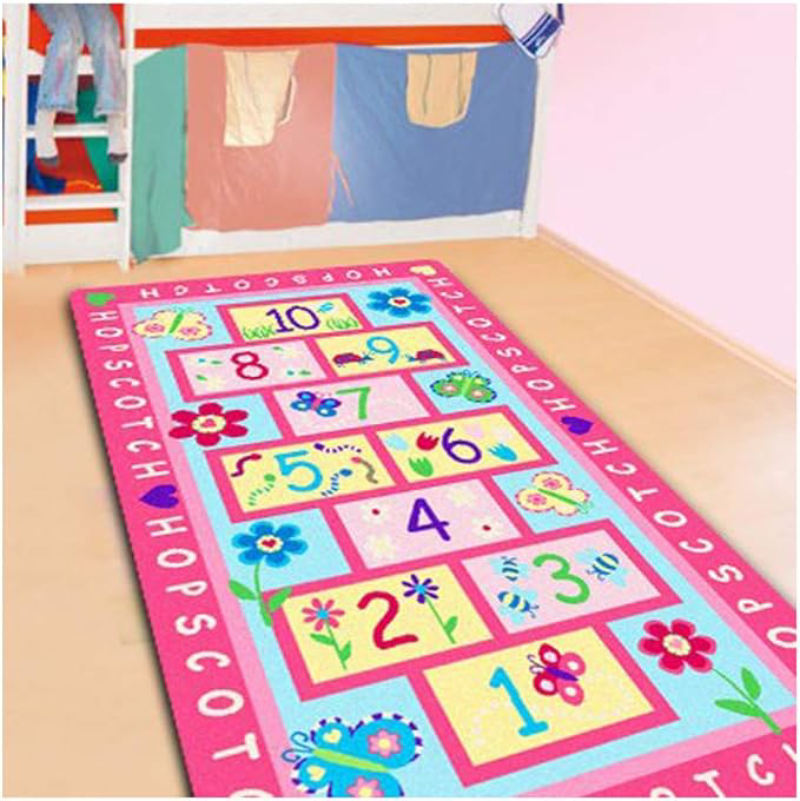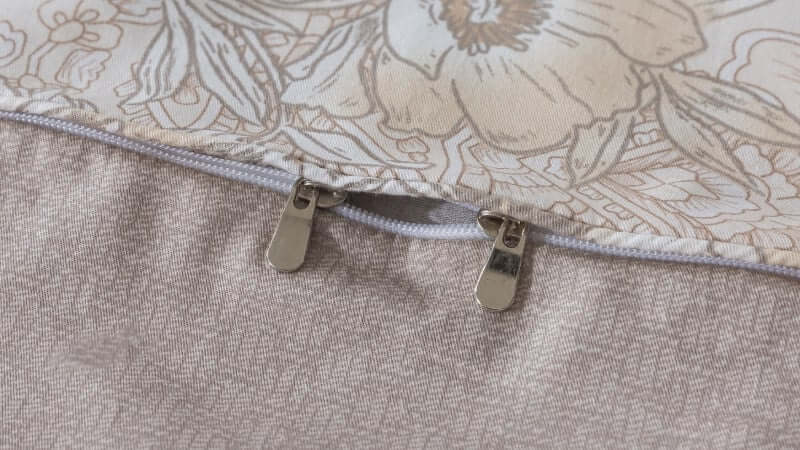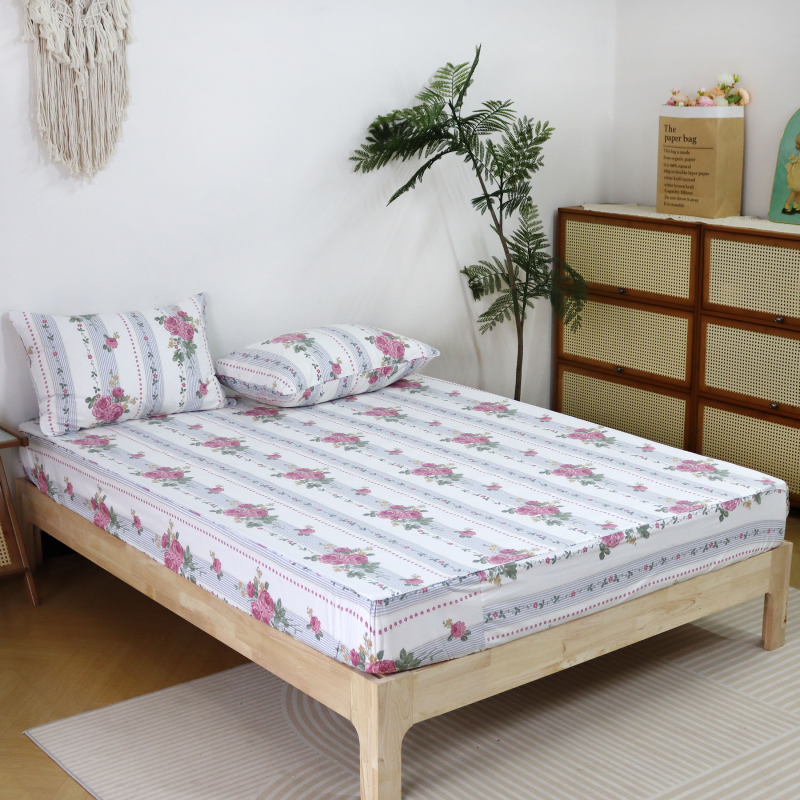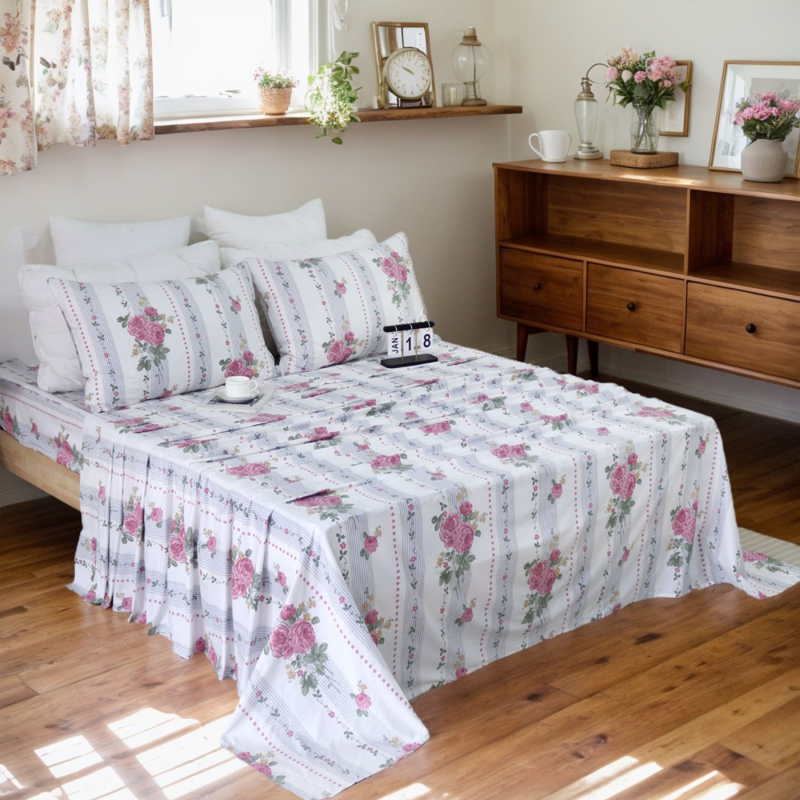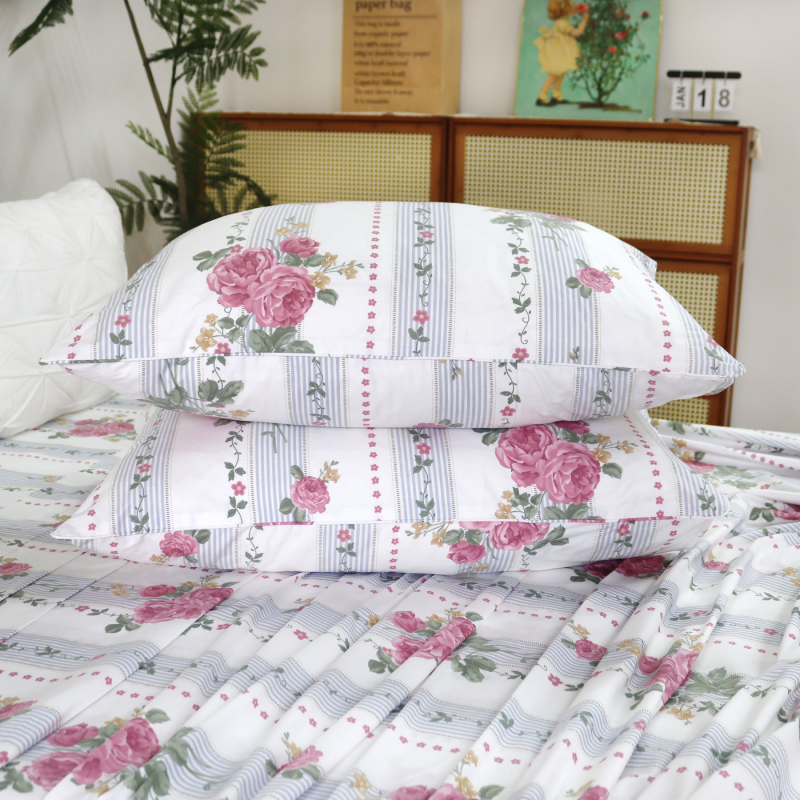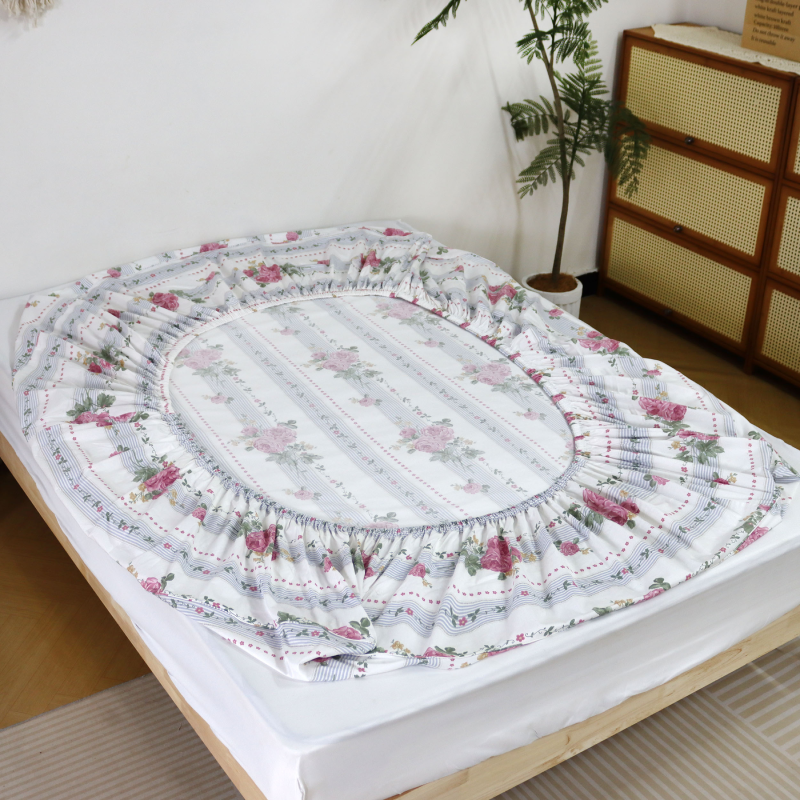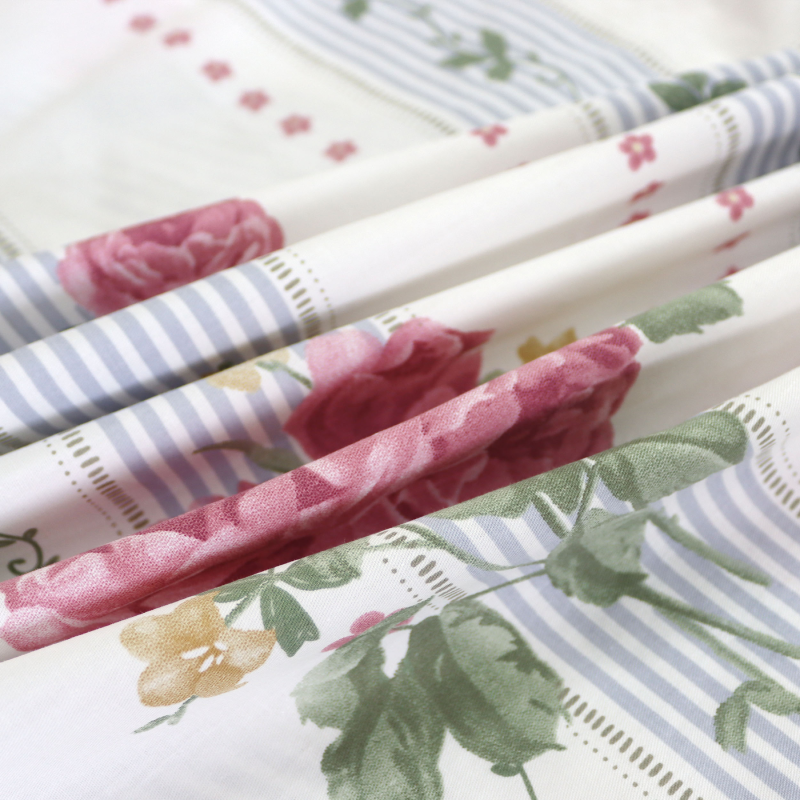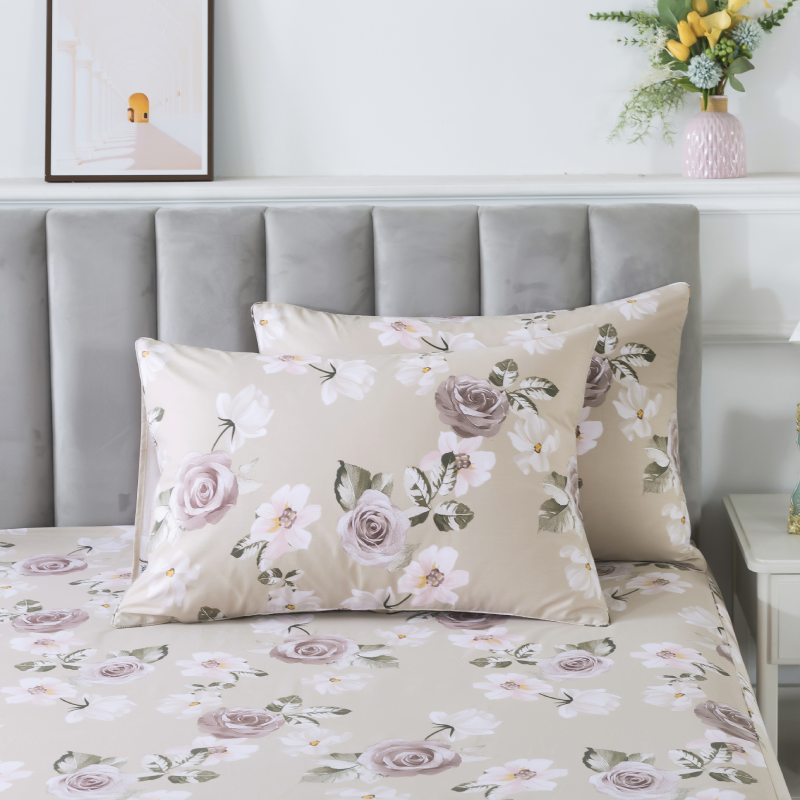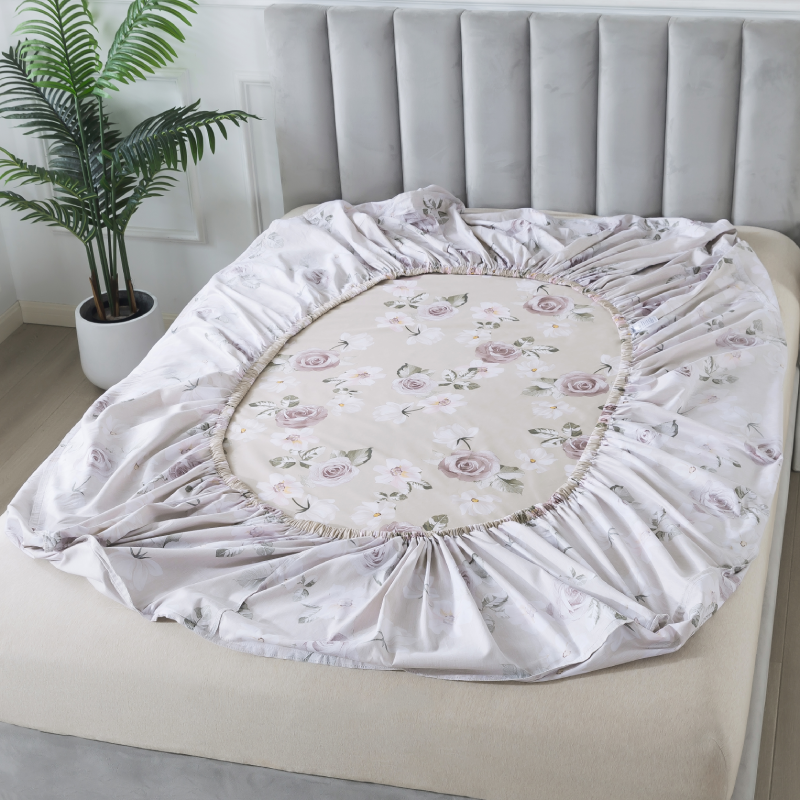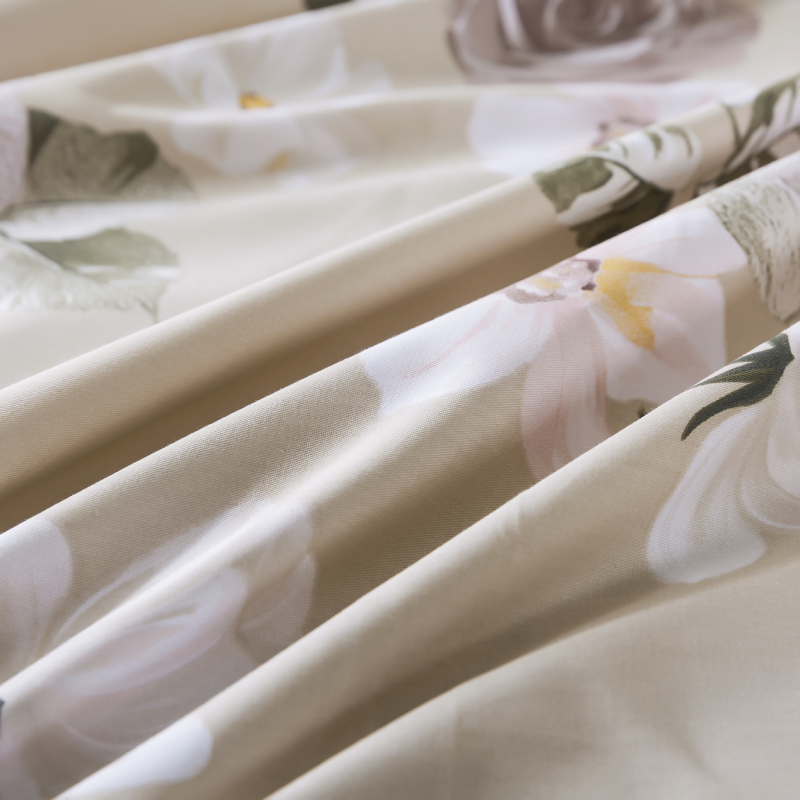In This Article
Button Closure
Button closure uses buttons sewn onto the fabric to secure the duvet inside the cover. This classic method provides a simple, effective way to keep the duvet in place.
- Pro: Easy to use and aesthetically pleasing. Buttons can be replaced if lost.
- Con: Buttons may come undone, and they can be challenging to wash if not secured properly.
Zipper Closure
Zipper closure offers a secure fit by using a zipper to seal the duvet inside the cover. This method provides quick access for inserting or removing the duvet.
- Pro: Offers a tight seal, preventing the duvet from slipping out. Quick to open and close.
- Con: Zippers can snag or break over time, making it less durable than other options.
Envelope Closure
Envelope closure features overlapping fabric at one end of the duvet cover, creating a pocket-like seal that holds the duvet in place.
- Pro: No hardware to worry about, making it easy to insert or remove the duvet.
- Con: May not be as secure as other closures, leading to potential shifting of the duvet.
Tie Closure
Tie closures use fabric ties to secure the duvet inside the cover. The ties allow for a customizable, adjustable fit, giving users flexibility in how tight or loose they want the closure to be.
- Pro: Adjustable and customizable; you can tie it as tight or loose as desired.
- Con: Ties can come undone during washing, leading to potential messiness.
Velcro Closure
Velcro closures use adhesive strips to seal the duvet cover. This quick and easy method is gaining popularity for its convenience.
- Pro: Fast and easy to use; provides a snug fit.
-
Con: Velcro can wear out over time, losing its stickiness and effectiveness.
Flap Closure
Flap closure involves an extra piece of fabric that folds over the duvet opening, creating a barrier to prevent the duvet from slipping out.
- Pro: Offers additional protection against the duvet escaping.
-
Con: Can be cumbersome if not designed properly, making it harder to access the duvet.
Tucked Closure
Tucked closure simply involves tucking the excess fabric into the opening of the duvet cover, securing it without the need for hardware.
- Pro: Simple design that keeps the duvet secure without additional hardware.
- Con: May require frequent adjustments to keep it tucked in properly.
Hidden Button Closure
Hidden button closure features buttons concealed behind a flap of fabric, providing a clean, sleek finish while still using buttons to secure the duvet inside.
- Pro: Aesthetically pleasing and less likely to snag on bedding.
- Con: Can be more challenging to use if you have difficulty locating the buttons.
No Closure
Some duvet covers come with no closure at all. These covers rely on the weight of the duvet to keep it in place inside the cover, without any fastening mechanism.
- Pro: Very easy to use; no fuss with buttons or zippers.
- Con: Duvets may shift or bunch up inside, leading to discomfort during sleep.




